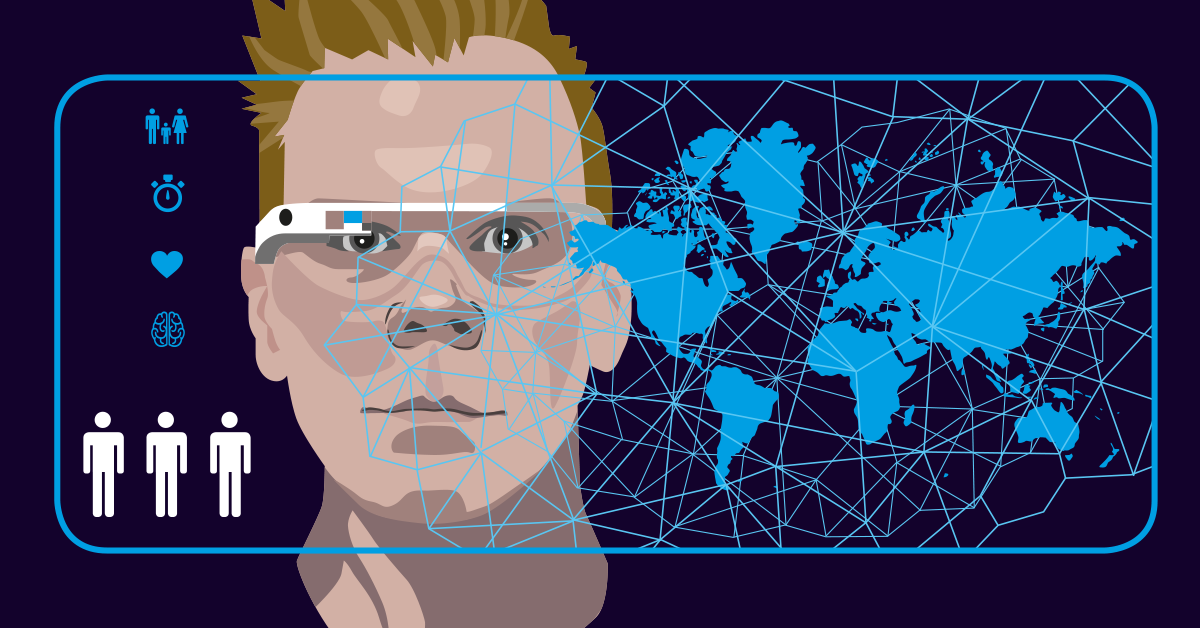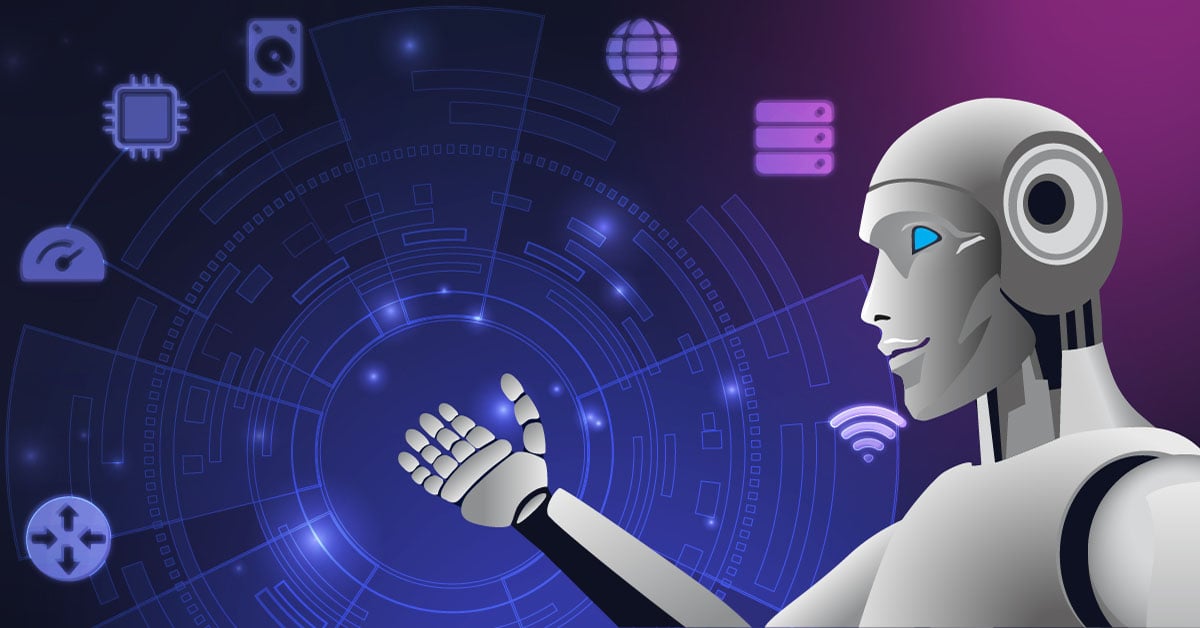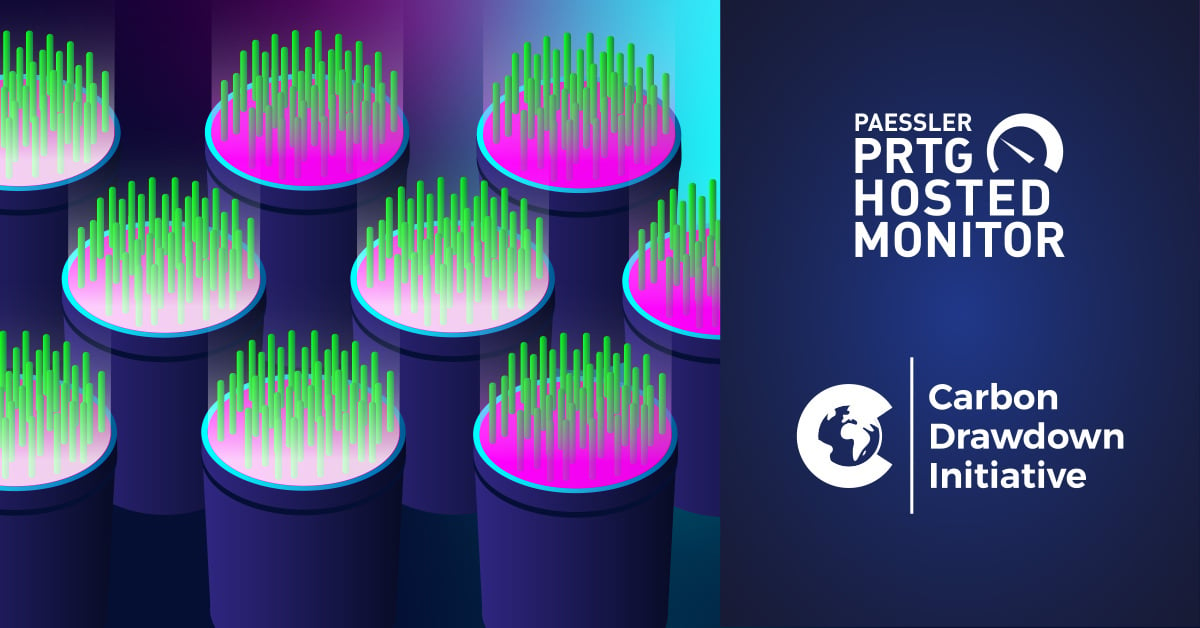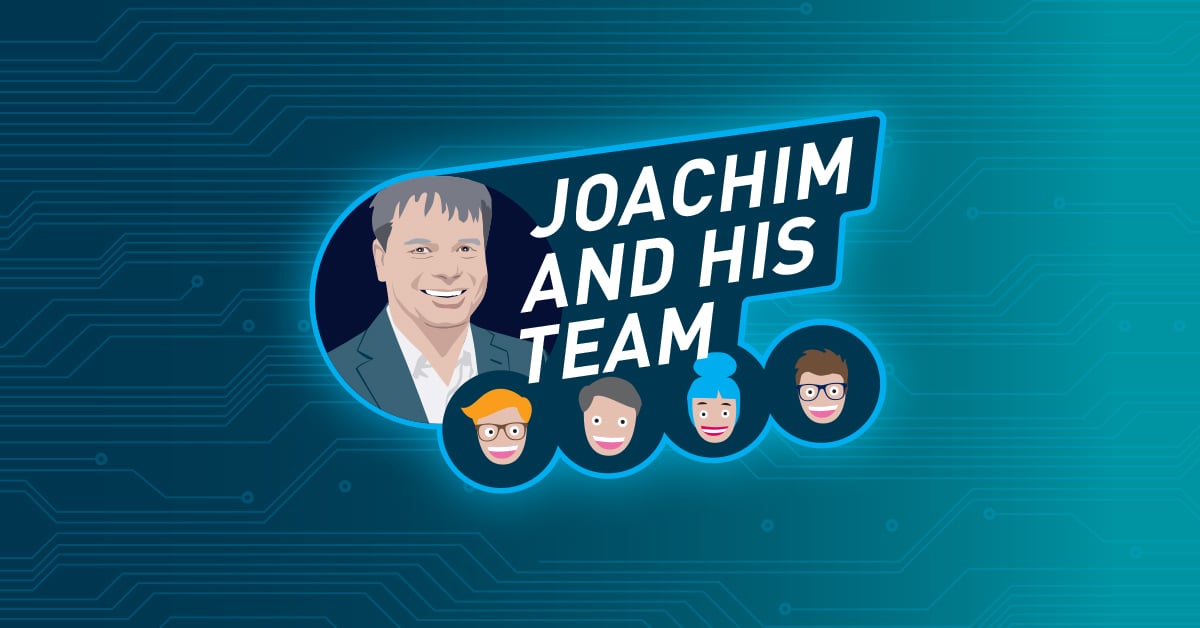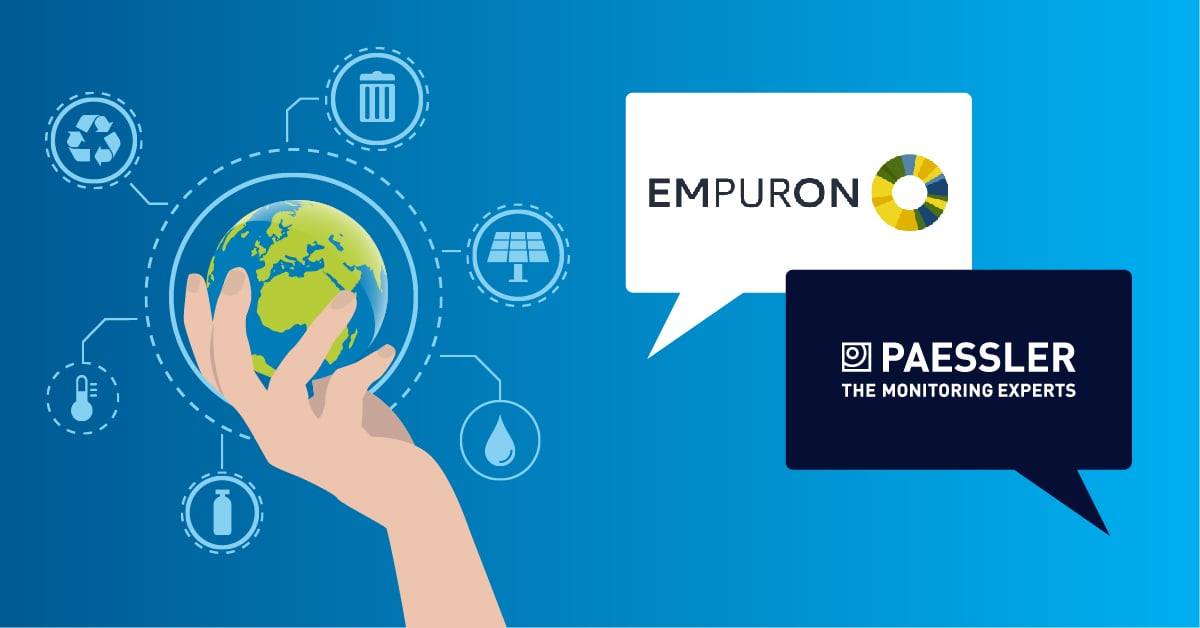All your servers are down! Customers are blowing up your phones! Competitor's bots are making your system crash their marketing victory on Twitter! The disaster recovery plans that we thought sound are not standing up, and our SLA's with our business partners are not being met! Sound familiar?
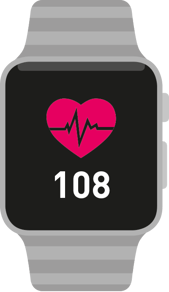 Now think about the last time you saw a Fitbit, Apple watch or Samsung gear on someone's arm. Think about the number of your friends who look at their activity, sleep and food intake on their smartphone, or even run with a heart rate monitor strapped to their chest.
Now think about the last time you saw a Fitbit, Apple watch or Samsung gear on someone's arm. Think about the number of your friends who look at their activity, sleep and food intake on their smartphone, or even run with a heart rate monitor strapped to their chest.
The IT world OUTSIDE of our enterprise computer systems is proliferating into the smallest parts of our "real lives". Tens of thousands of connections to your life all hanging by a thread inside consumer technology, where convenience is king and privacy is a flimsy throwback to Oracle 8i.
The Digital Cassandra Complex
When you have spent your entire life in IT, you look at life from a different perspective. While your dentist, lawyer and plumber’s friends all see the world as isolated incidents that can be remedied with a specific fix, you, you were blessed, and I dare say cursed, with the ability to see more substantial systems and patterns. You have the "Digital Cassandra Complex"!
Today technology is slathered on every nook and cranny of our lives, like a bad paint job. We struggle to help our friends, families, and peers see the urgency and vulnerability of the systems they take for granted.
Health is one of these systems that until recently was missing the cybernetic updates that now make it manageable by IT professionals.
No App Can Tell You More about Your Health than the One between Your Ears
Today, it seems like there is an app for everything. Need to quit smoking, drink more water, regulate your menstrual cycle, control your opioid abuse? Seriously, there is a digital app for everything. At the root of this software solution to our behavior always lays the same foundation: surveillance.
It is true, for most people understanding your behavior is key to making changes that will start a journey of wellness and health, but because systems eventually change or are retired, we need to understand what our digital health future is going to reveal.
Your Apple watch and Fitbit can help to get you up and moving, but most days, especially if you're in IT, the last thing you want or need is another alarm vibrating on your wrist, letting you know another system is about to fail, especially a system as important as your health.
You know instinctively, you haven't walked enough, slept well, and you understand more than anyone else that your diet is probably a concoction of genetically modified, cancer-causing, sugar and chemicals to get you through the next outage.
No app or wearable can tell you more about understanding consequences than the one you have between your ears; you're in IT, you breathe consequence avoidance for breakfast.
So, What is Sustainable Digital Health and Can We Borrow Any of the Lessons from Our Work Life to Create It?
First, there is no modern framework to help manage this challenge, project management, LEAN, Agile, ITIL won't get you fit or help you focus on the mounting problems of life, yet there are some best practices we can borrow from our day to day tech behaviors that will make a difference.
- First, scheduled downtime: Yup, I said it, and I'm not talking about vacation. You need to plan time each week to do something for the system of all systems, your body. That means, make at least one walking meeting, bike to work or park at least an extra three feet from the office. Scheduled downtime works for our systems because it forces them out of the high demand production environment and gives us a chance to tinker, update or patch them.
-
Second, Patch Tuesday: If you're one of those people who find it impossible to force yourself to schedule downtime, would you at least consider a weekly update? Patch Tuesday creates a day, a single day, where we can focus on a part of our lives: One day a week, focus on the part of your health through the lens of technology.
In 2014 Apple decried your health falls neatly into four buckets: nutrition, activity, sleep, and mindfulness.
So, each Tuesday in a month take one of these four areas and start a patch program.

- First Tuesday of the month, nutrition. Commit to logging all the food you ingest, in an app like my fitness pal.
- Second Tuesday of the month, activity. For your activity patch, do something physical and small you haven't done before. If you're at your desk a lot, make activity patch Tuesday the day you don't sit, at all, the entire day. If you're a reasonably active person, like a runner, make it the day, you don't use any elevators, or book time at a climbing facility!
- For your third patch Tuesday, examine sleep. Apps like Sleep Cycle from Gothenburg, Sweden will show you your slumber cycles relate to the weather and even the moon cycle, maybe you're a werewolf? Officially there is an app for that!
- Finally, the last Tuesday of the month is mindfulness patch Tuesday. Mindfulness, probably the least appealing option for true IT people. Look at services like "Headspace" or even a game like "Monument Valley." Games are some of the most mindful things we can do.
If you can't schedule downtime and you refuse to patch your life, what is the system of last resort? Well, we call that Disaster Recovery!
Disaster Recovery for Your Health
Disaster recovery (DR) plans for modern cyborgs are usually are limited to health insurance, disability insurance and worst case scenario, life insurance.
Can you imagine if we considered ONLY these options in DR planning for IT? Seriously, these are not plans, they are systems of last resort, so what is your disaster recovery plan for your digital health? I look at DR for digital health in two ways.
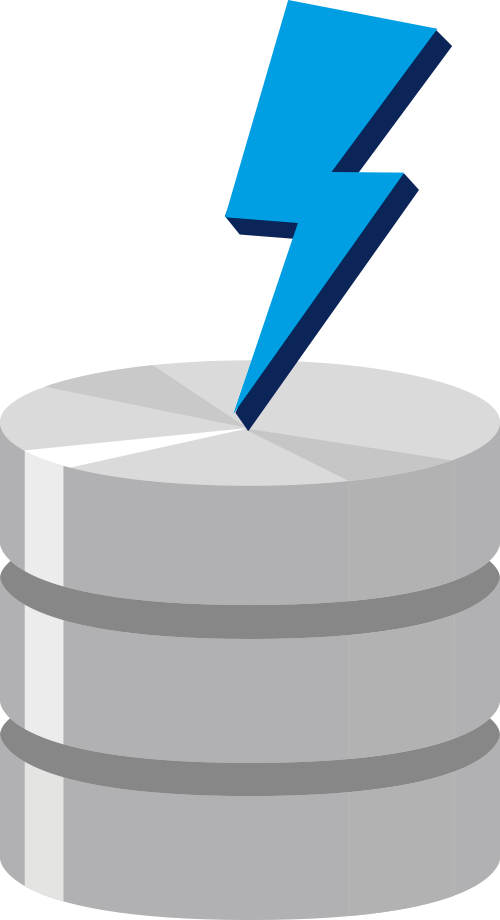 First, there is the DR of my behavior. For instance, if I have a few good habits under my belt and I start to slip, what is the recovery plan for getting them back online?
First, there is the DR of my behavior. For instance, if I have a few good habits under my belt and I start to slip, what is the recovery plan for getting them back online?
For me, I use a failover cluster of alternative behaviors that help. For instance, like many people, I try to get my 10K steps in each day, but on travel days or back to back meeting days, it can be impossible!
So instead I place my attention on upping my mindfulness game. Trust me, 30 minutes of focused breathing during the mind-numbing all-day, monthly meeting will make you a better person. And if nothing else, leadership will think, you're paying attention!
The last thing I consider in digital health disaster recovery is the actual systems I'm using. Is my Fitbit data backed-up locally, is it secure? Where is my health data on my iPhone and can I restore it if I have to? Do I have multiple sources of the same data?
The Future of Digital Health
Within a decade our life's behavior will be backed up automatically by the devices that we wear on your bodies, keep in our homes, are transported in, and are monitored by at work.
We don't have app stores, we have habit stores, and our homes are digital incubators, cybernetic skinner boxes where we are slowly patched and upgraded!
Dystopian hellscape or a utopian dream depending on what side of the disaster recovery plan you are involved in!
Either way, your health in the future is more like the IT department you live in today, and the doctors and practitioners of the world of tomorrow look more like code jockeys slamming 5-hour energy drinks than frumpy older men, in white jackets.
Gotta run, my Fitbit needs charging.
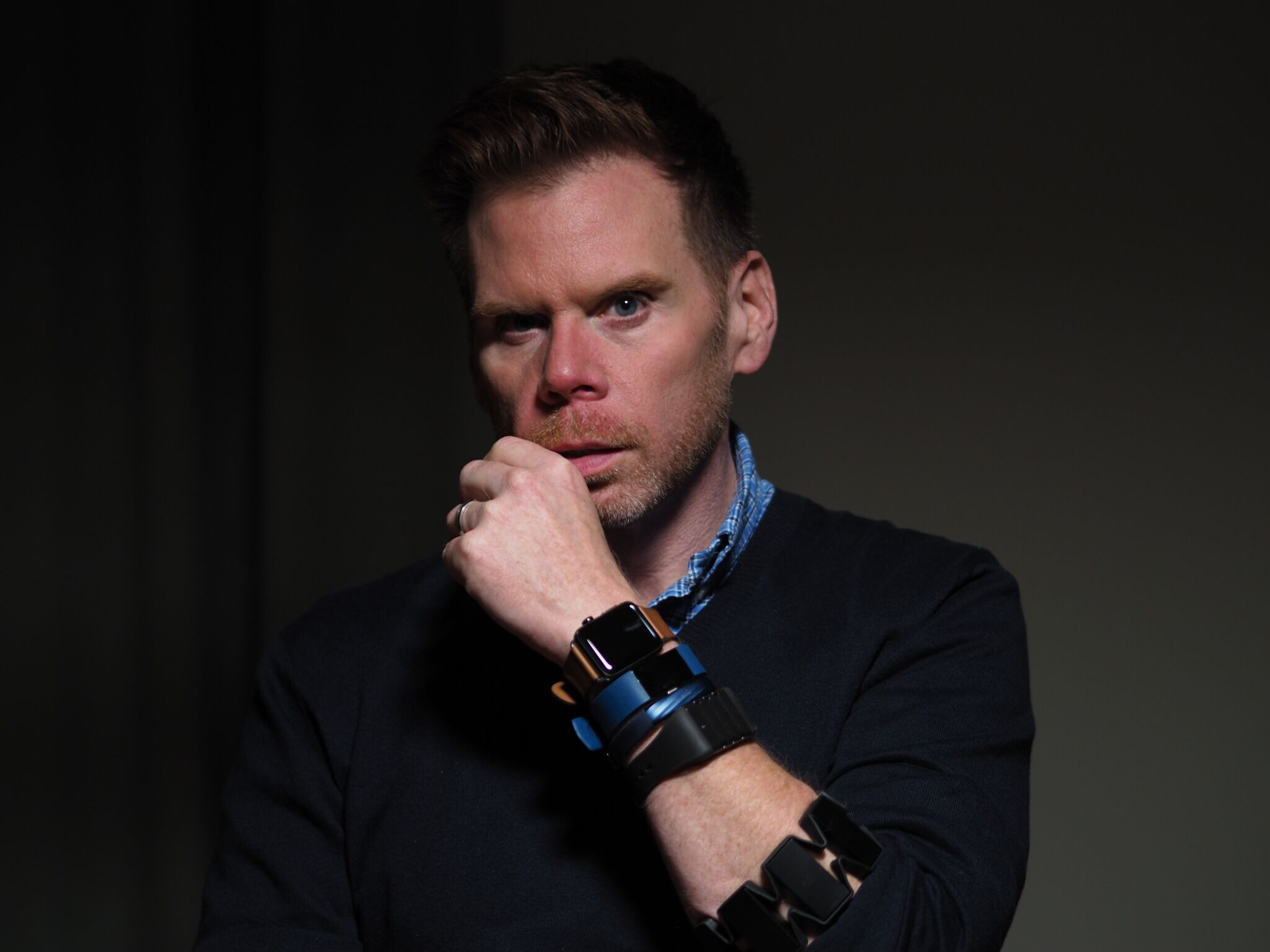 Published by
Published by 